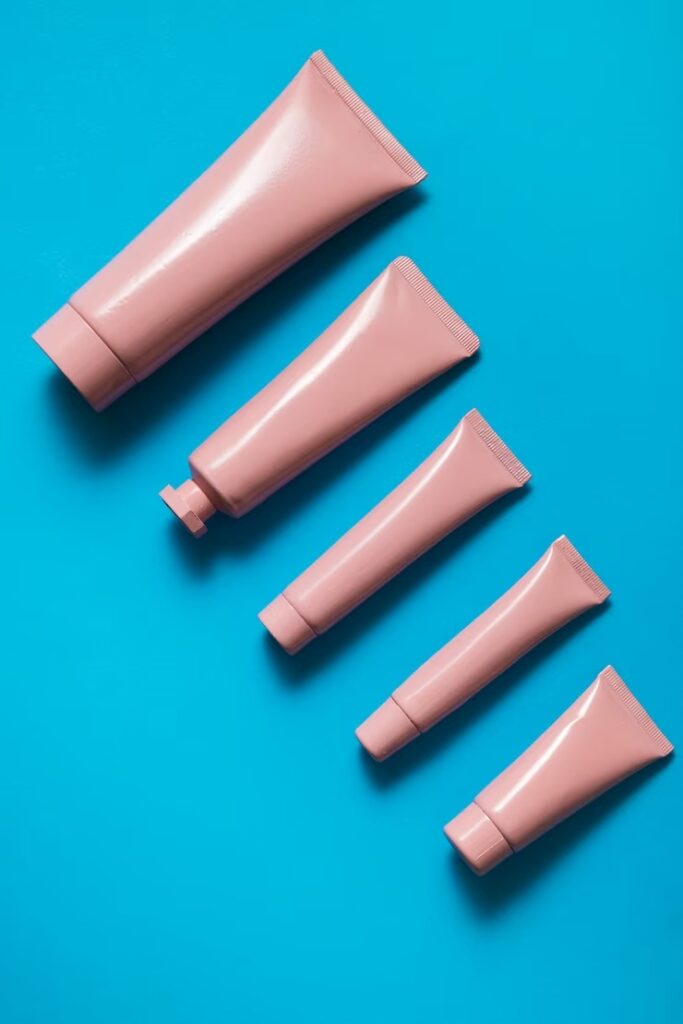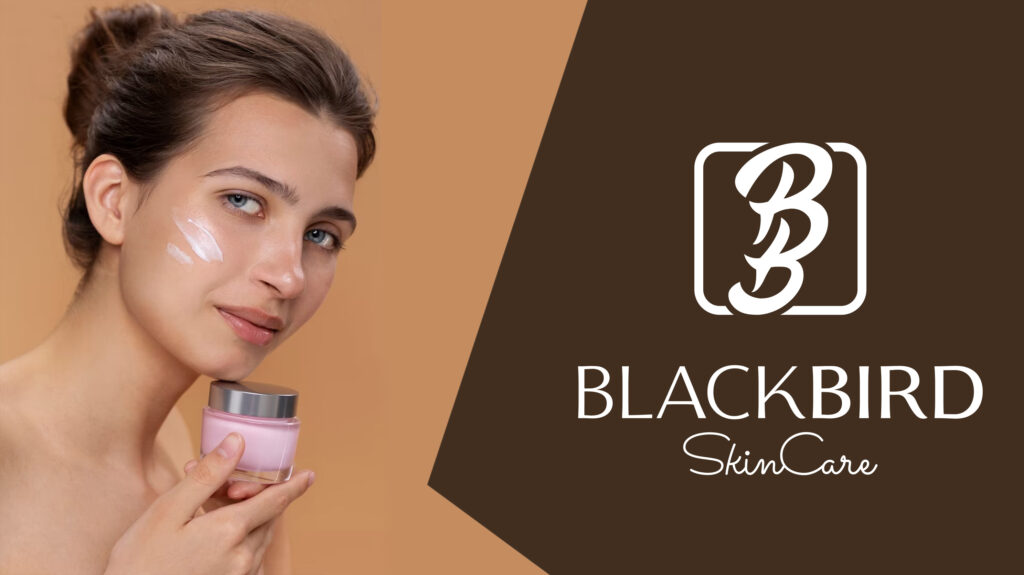In the competitive world of private label branding, understanding these complexities can make your brand stand out. Whether your goal is luxury, sustainability, or affordability, this guide provides insights to help you make informed choices to ensure your packaging resonates with the values and needs of your target audience. Gain insight into the latest trends and innovations in cream packaging and lay the groundwork for your brand’s success.
Selecting the right packaging for private-label face creams significantly impacts brand perception. This article discusses jars, tubes, and pumps. Jars are traditional and suit thicker creams, appealing to classic skincare enthusiasts. Tubes cater to those needing portability, while pumps provide a hygienic, modern touch. Material choice, whether glass, plastic, or metal, conveys different brand messages: luxury, durability, or modernity, respectively. Brands must balance considerations of sustainability, cost, and design resonance. Innovative packaging in the dynamic beauty sector can distinguish a brand, elevating the user experience and product value.
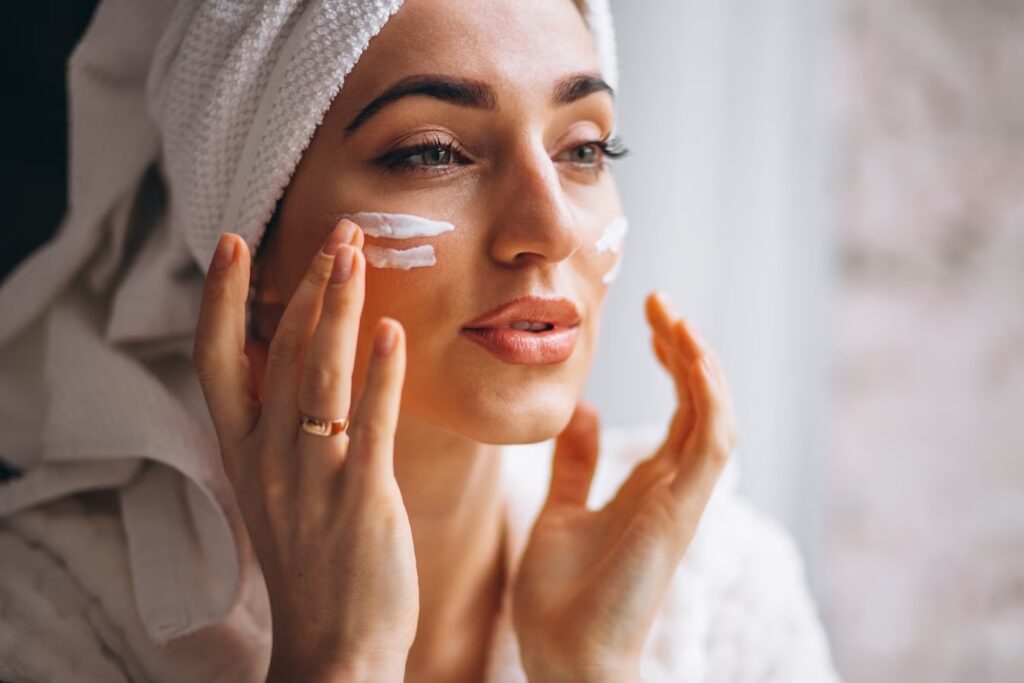
Choosing the right container for your creams is about more than just aesthetics. This is a strategic decision that can affect your brand’s success. This comprehensive guide delves into the nuances of different packaging types, from traditional jars that exude luxury, to portable tubes for the busy modern man, to precise pumps that ensure optimal product application. Beyond type, material choices such as glass, plastic, and metal all have their own unique benefits and challenges, impacting factors such as sustainability, user experience, and cost.
Evaluating Packaging Types for Optimal Brand Presentation
Jars:
Stability and Safety: Glass jars, in particular, are known for their stability. They provide a lead-free and secure barrier, ensuring the integrity of the products they contain. Unlike some plastics or metals that may contain harmful substances, glass is a non-toxic and inert material. This ensures that the face cream remains uncontaminated and safe for use. Enhanced Customer Experience: The wide mouths of glass jars make it easy for customers to access the product inside. This design allows for effortless usage, letting customers retrieve the desired amount of product without any hassle. Additionally, glass jars are easy to clean and sanitize, promoting good hygiene practices and prolonging the lifespan of the cosmetics. Versatility: Glass jars come in various shapes and sizes, making them suitable for a wide range of cosmetic products. From moisturizers and face masks to lip balms and hair masks, jars can accommodate various products. Their versatility also allows brands to customize them with labels, embossing, or decorative elements, enhancing the product’s visual appeal. Attractiveness: In the cosmetics industry, packaging plays a pivotal role in shaping customers’ perceptions. Glass jars, especially those that are heavy and thick, convey a sense of luxury and high quality. The transparency of the glass also allows customers to easily see the product, which can be crucial when the texture, color, or consistency are of concern. Sustainability: Glass jars present an eco-friendly packaging solution. They are infinitely recyclable, and the process of recycling glass consumes less energy than producing it anew. This aligns with the growing trend of eco-consciousness among consumers and can be a selling point for brands targeting a more environmentally aware audience.
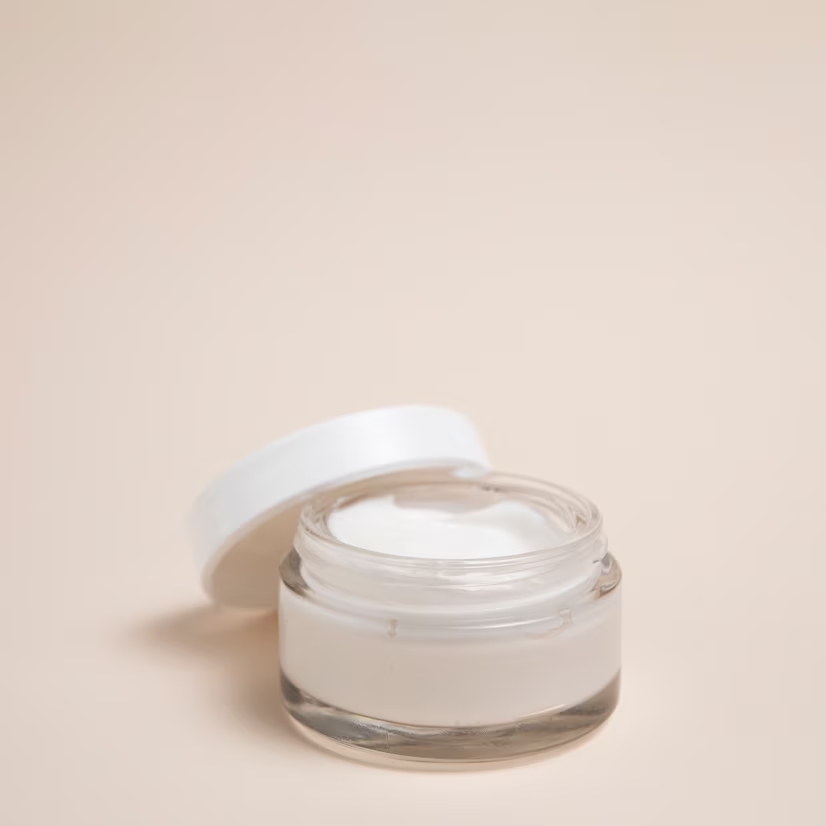
Tubes:
In the bustling world of skincare, the packaging plays a pivotal role in shaping a brand’s image and ensuring its products reach the right audience. For those aiming to carve a niche in this competitive market, understanding the nuances of different packaging types is crucial. Among the various options, tubes stand out as a practical and portable choice, especially favored by brands targeting on-the-go consumers.
Why Tubes? Tubes, as a packaging choice, offer a myriad of benefits. They are lightweight, making them a favorite for travelers or those with an active lifestyle. Imagine a 35-year-old man, rushing through his morning routine, needing a quick application of his favorite face cream. A tube is easy to squeeze, ensuring he gets just the right amount without any fuss. The tight-sealing cap ensures that the product remains uncontaminated, preserving its efficacy.
Cost Considerations From a brand’s perspective, tubes can be a cost-effective choice. They typically require less material than jars, leading to savings in production costs. This is particularly beneficial for emerging brands that might be operating on tighter budgets but still want to offer their customers quality packaging.
Shelf Life and Product Freshness The design of tubes, especially those with narrow openings, limits the product’s exposure to air. This can help preserve the freshness of the face cream and extend its shelf life. For a brand, this means fewer returns due to spoiled products and higher customer satisfaction.
Ease of Use and Consumer Preferences Consumers today value convenience. Tubes offer ease of use, with their simple squeeze mechanism ensuring product dispensation without any hassle. This user-friendly nature can be a significant selling point for brands targeting busy individuals who value quick and easy skincare routines.
In Conclusion For brands aiming to resonate with a modern audience that values both functionality and design, tubes offer an excellent packaging choice. They combine practicality with aesthetics, ensuring that the product inside is as impressive as its exterior. As a brand purchaser or someone looking to start their skincare line, considering tubes as a packaging option can set the foundation for a product that appeals to today’s discerning consumer.
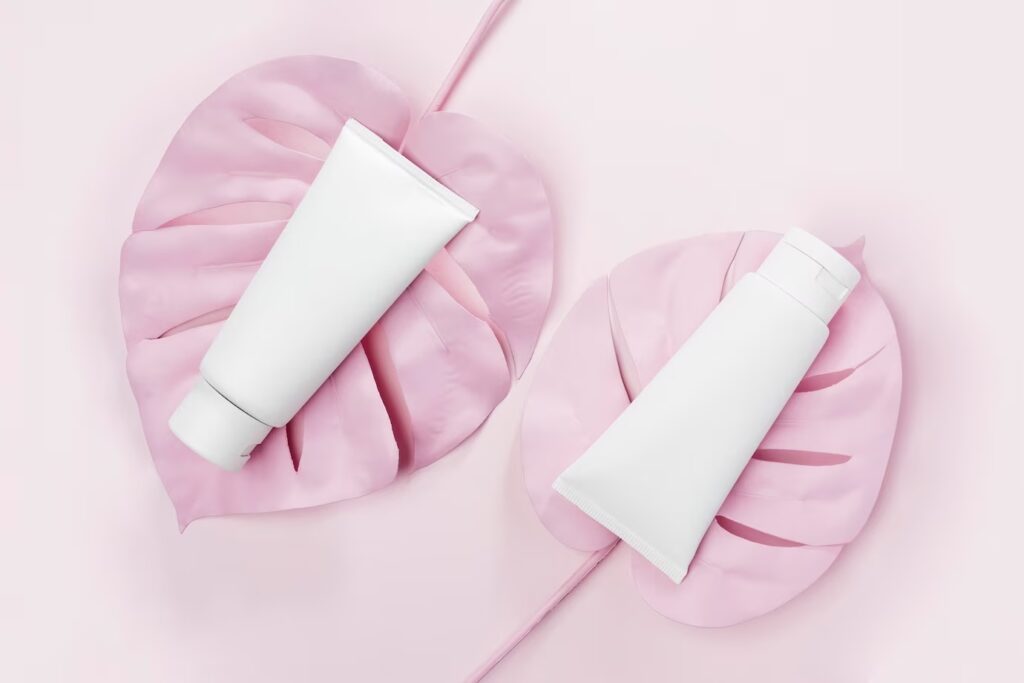
Pumps:
In the vast world of skincare, where every detail matters, the packaging of a product plays a pivotal role in its success. For those venturing into private-label creams, the choice between jars, tubes, and pumps can be daunting. Each has its merits, but in recent times, pumps have emerged as a favorite for many brands. Let’s delve into why.
Why Pumps are Gaining Popularity: Pumps offer a modern touch to skincare products. They’re sleek, and functional, and exude a sense of professionalism. For a consumer, a pump signifies precision. Each press dispenses a consistent amount of product, ensuring they use just the correct quantity. This precision is not just about getting the application right; it’s also about ensuring the effect lasts as intended, offering value for money.
Protection from External Elements: One of the significant advantages of pumps is the protection they offer. Unlike jars, where the product is exposed to air and potential contaminants every time it’s used, pumps limit this exposure. Every time the consumer presses the pump, the product inside is sealed off from the outside environment. This design ensures that the cream remains fresh and maintains its efficacy for longer.
Considerations: While pumps are versatile and can accommodate a range of formulations, from light serums to thicker creams, they are not without their challenges. The mechanism can sometimes malfunction, especially if the product is too thick. Brands need to ensure that the pump’s design aligns with the product’s consistency. Moreover, while pumps offer precision, they can sometimes dispense less product than needed, requiring multiple presses.
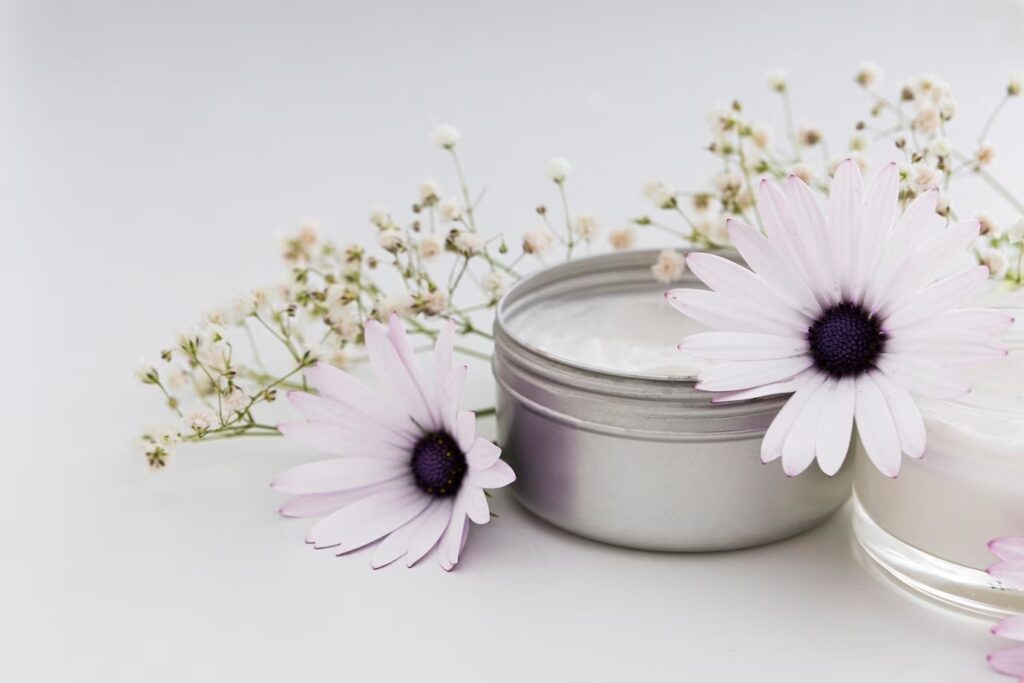
Choosing Materials for Enhanced Product Appeal and Functionality:
In the journey of creating a private label brand, one of the most pivotal decisions is selecting the right packaging material. The choice is not just about aesthetics; it’s about functionality, sustainability, and aligning with the brand’s values. Let’s dive into the three primary materials used in cream packaging: Glass, Plastic, and Metal.
Glass:
For those aiming to position their brand in the luxury segment, glass is often the go-to choice. It exudes elegance and sophistication. When consumers pick up a glass container, they associate it with high-quality products. The weight and cool touch of glass give a sense of premium value. However, there’s a flip side. Imagine a consumer traveling frequently for work, and every time they pack, there’s the nagging worry of the glass jar breaking in their luggage. It’s a hassle they’d rather not deal with. Moreover, glass is heavier, making it less eco-friendly in terms of transportation carbon footprint.
Plastic:
Plastic packaging offers versatility in design and is often more durable than glass. It’s lightweight, reducing transportation costs and carbon footprint. For a consumer on the go, a plastic container is convenient, ensuring no spillage or breakage. But there’s a catch. In today’s eco-conscious world, consumers are wary of plastic’s environmental impact. They’re concerned about the oceans filling up with plastic waste and the carbon emissions from plastic production. Brands need to address these concerns, possibly by opting for recycled plastic or ensuring their packaging is recyclable.
Metal:
Metal containers, often aluminum, bring a modern touch to the packaging. They’re sturdy, giving consumers the confidence that the product inside is well-protected. Think of a consumer on a camping trip, tossing their skincare products into a backpack. With metal packaging, there’s no stress about potential damage. However, metal has its challenges. It can be heavier than plastic and can sometimes react with certain cream formulations, affecting the product’s quality.
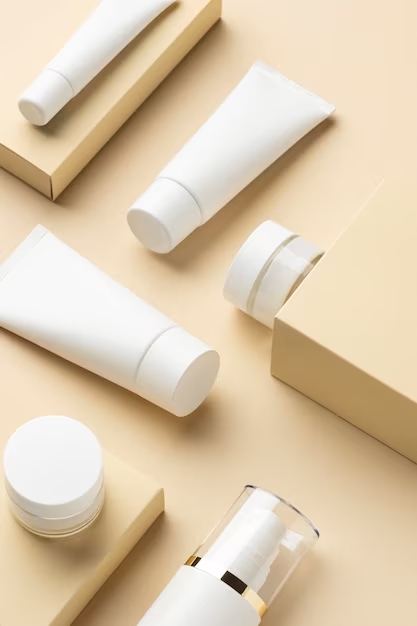
Navigating Sustainability Trends in Skincare Packaging
The modern consumer is environmentally conscious. They’re not just looking for a product that works; they want a product that aligns with their values. Brands need to consider the lifecycle of their packaging. Is it recyclable? Is it made from recycled materials? Is the production process eco-friendly? These are questions that consumers are asking, and brands need to have the answers.
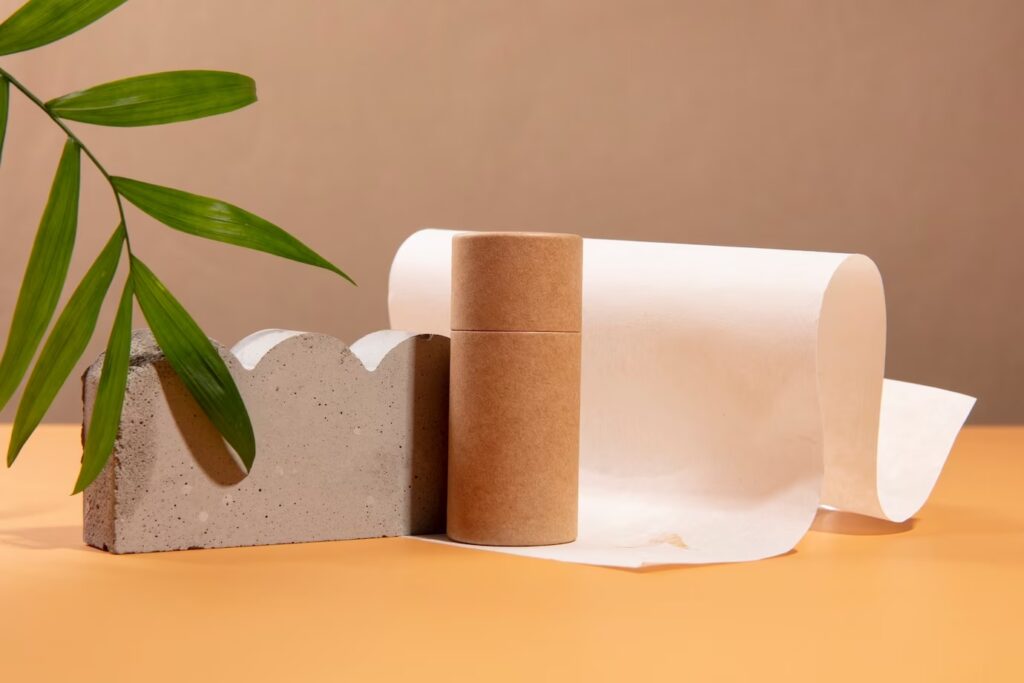
Design for Your Audience
In the competitive world of private label branding, understanding and catering to your target audience is the cornerstone of success. The packaging of a product, especially in the realm of creams, is not just a protective layer but a powerful communication tool that speaks volumes about the brand’s values, ethos, and promises.
Every consumer has a unique set of preferences, values, and lifestyles. These preferences are shaped by various factors, from socioeconomic backgrounds to personal experiences. When consumers come across a product, they’re not just looking at its functionality but also how it aligns with their personal values and needs. This is where the design of the packaging plays a pivotal role.
Understanding the Preferences of Your Target Demographic
The first step in designing for your audience is to understand them. Dive deep into market research, surveys, and feedback loops to gather insights about what your target demographic values most. Are they looking for sustainability, luxury, convenience, or affordability? Each of these preferences will dictate different design choices.
Incorporating Design Elements that Resonate
Once you have a clear understanding of your audience’s preferences, the next step is to incorporate design elements that resonate with them. For instance, if your target audience values sustainability, consider using eco-friendly materials and minimalistic designs that reduce waste. On the other hand, if luxury is what they seek, opt for high-quality materials with intricate designs that exude opulence.
Addressing Consumer Pain Points
Every consumer faces challenges and pain points in their purchasing journey. For some, it might be the inability to find products that align with their eco-conscious values. For others, it might be the frustration of dealing with messy cream jars or tubes that dispense too much product. Addressing these pain points through thoughtful packaging design can significantly enhance the user experience. For instance, if over-dispensing is a common issue, consider incorporating a pump design that offers precision and control.
Offering Solutions Through Design
The ultimate goal of any packaging design should be to offer solutions to consumer problems. Whether it’s ensuring the product remains uncontaminated with air-tight seals, providing ease of use with ergonomic designs, or simply making the product stand out on a crowded shelf with eye-catching aesthetics, every design element should serve a purpose.
In conclusion, designing for your target audience is a delicate balance of understanding their needs, addressing their pain points, and offering tangible solutions through thoughtful design. By keeping the consumer at the heart of the design process, brands can create packaging that not only protects the product but also resonates deeply with the audience, fostering loyalty and trust.
Cost Implications
In the journey of establishing a private label brand, entrepreneurs often grapple with the intricate balance between quality and cost. While the essence of the product, the cream itself is paramount, the packaging stands as a silent yet potent ambassador of the brand’s ethos, quality, and appeal. It’s not just about aesthetics; it’s about economics too.
The Financial Dynamics of Packaging
Every packaging type, be it jars, tubes, or pumps, comes with its unique financial blueprint. The costs aren’t just tied to the raw materials but span across design, manufacturing, storage, and even transportation. For instance, while a glass jar might exude luxury, the costs associated with its production, especially if it has intricate designs, and the potential breakage during transportation can escalate expenses. Conversely, plastic tubes might be lighter on the pocket but may not convey the premium quality that a brand might want to associate with.
Consumer Dilemmas and Solutions
Imagine a consumer, let’s call her Jane. Jane is looking for a high-quality night cream. She’s bombarded with options, but she’s drawn to two – one in a sleek glass jar and another in a simple plastic tube. The glass jar resonates with luxury, but it’s also pricier. The plastic tube is affordable but doesn’t scream ‘premium’. Jane is in a dilemma. She wants quality but is also budget-conscious. This is a common scenario faced by many consumers. They’re torn between quality and cost.
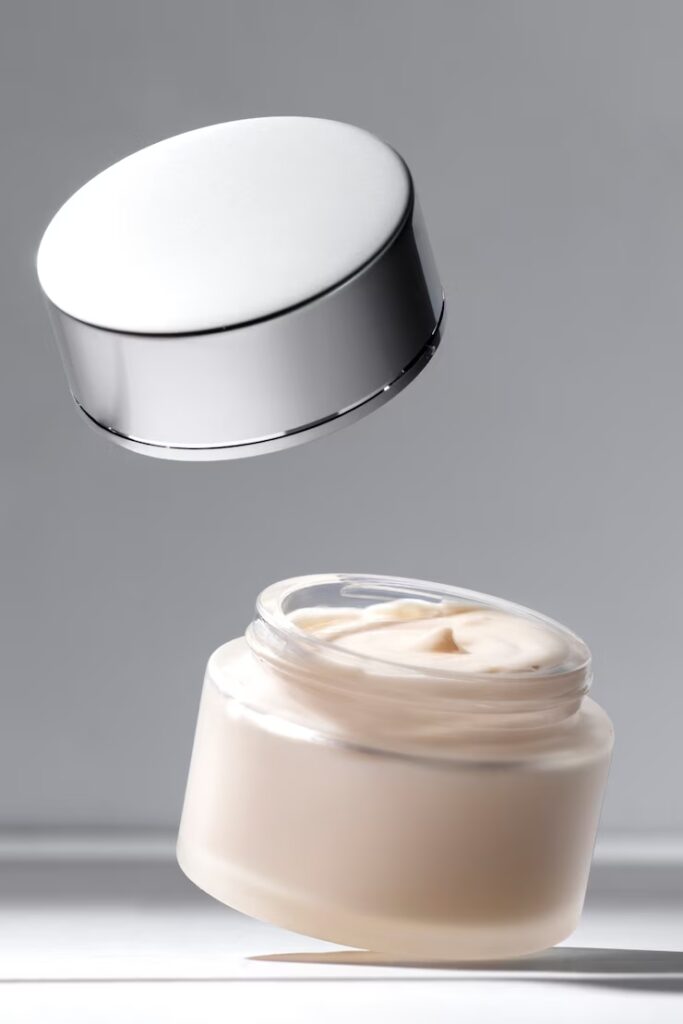
For private-label brands, the challenge is to address this consumer pain point. How can they offer premium packaging without significantly inflating the cost? The answer lies in understanding the cost structures of different packaging materials and making informed decisions. It’s about leveraging economies of scale, negotiating with suppliers, and being innovative in design to create packaging that looks premium without a hefty price tag.
Striking the Right Balance
Brands need to recognize that while consumers like Jane are willing to pay a premium for quality, they also seek value for money. The packaging, thus, becomes a pivotal factor in this equation. It’s not just a container; it’s a statement of the brand’s commitment to quality and value.
In conclusion, while the cost implications of packaging are manifold, they offer brands an opportunity. An opportunity to innovate, negotiate, and strike the perfect balance between luxury and affordability. It’s a challenging task, but with the right strategy, it’s achievable. And in achieving this balance, brands don’t just optimize costs; they win consumer trust and loyalty.
Innovations in Cream Packaging
In the dynamic world of skincare and cosmetics, the way a product is packaged can be as crucial as the product itself. For budding entrepreneurs aiming to establish their private label brand, understanding the latest innovations in cream packaging is not just beneficial—it’s essential.
Emerging Trends and Their Impacts
The beauty industry is no stranger to change. As consumers evolve, so do their needs and preferences. In a bustling market, a brand’s packaging can often be the first point of interaction with a potential customer. But what happens when that customer is overwhelmed with options? They might feel lost, unsure of which product to choose, and even frustrated. This is where innovative packaging can make a difference.
Innovative packaging solutions are not just about aesthetics; they’re about functionality, sustainability, and enhancing user experience. They address the common pain points consumers face. For instance, a consumer might struggle with dispensing the right amount of cream, leading to waste. Or they might find it challenging to extract the last bit of product from a container, feeling they aren’t getting their money’s worth.
Addressing Consumer Challenges
Innovative packaging can offer solutions to these dilemmas. Think of packaging that allows for precise dispensing, ensuring no product is wasted. Or consider containers designed to ensure every last drop can be used, assuring consumers of value for their money. These innovations don’t just solve functional problems; they enhance the overall user experience, making the act of using the product a pleasure rather than a chore.
Setting Your Brand Apart
For private-label brands, leveraging these packaging innovations can be a game-changer. It’s an opportunity to signal to consumers that the brand is not just in tune with the latest trends but is also deeply committed to addressing their needs and enhancing their product experience. It’s a chance to differentiate in a saturated market, to stand out not just for the quality of the product but also for the thoughtfulness of its packaging.
In conclusion, as the beauty industry continues to evolve, so will the innovations in packaging. For private-label brands, staying abreast of these changes and incorporating them can be the key to capturing consumer attention and loyalty. It’s not just about looking good; it’s about delivering an unparalleled user experience, right from the moment a consumer lays their eyes on the product.
